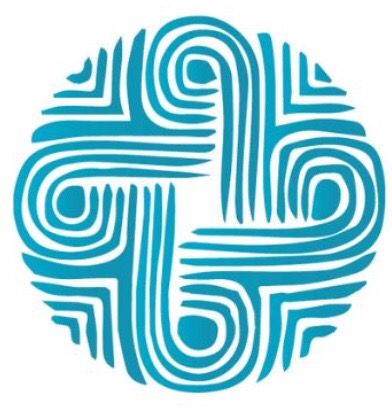Body, Health, Nutrition Part Two - Blog
- Pellegrino Healing Center

- May 31, 2020
- 3 min read
Updated: Jun 1, 2021

PART TWO: OSTEOPOROSIS
We posted our first series about bones back in February. This time we are going to discuss something that will affect many of us as we get older - OSTEOPOROSIS.
We all know how important good bone density is. What we may not understand is how to keep our bones dense and what actually happens in our bodies that can cause osteoporosis. Our bones are constantly breaking down and regenerating. Take the femur (thigh bone) as an example, but keep in mind this process happens within all of our bones. Cells called osteoblasts generate bone tissue from inside the femur. On the outside of the femur are cells called osteoclasts which slough off the oldest bone cells on the surface to be absorbed into the body and released as waste. This is why if you break a finger, which is substantially smaller than your femur, your finger heals much more quickly than the bigger and more dense bone. Osteoporosis begins to happen when bone break-down outpaces bone development, thus leaving the bone weak. When bone loses density, it is more likely to break from even the slightest mishap. While this affects the entire skeleton, the most vulnerable parts are the spongy bone of the vertebrae, which are highly susceptible to compression fractures and the neck of the femur, which accounts for the “broken hip” many older people suffer from due to a simple fall. The wrist is another highly susceptible area. Bones that are more dense can easily withstand a fall, while bones with osteoporosis cannot.
There are several factors that exacerbate and hasten the rate at which bone loses density. The primary reason is age; specifically as it relates to changes in hormones. Post-menopausal women are the most likely to develop osteoporosis, usually between 50-60 years of age. Due to estrogen production diminishing, this deficiency is strongly implicated in osteoporosis, making women in this age range the highest risk group. Caucasian women in particular, are at a higher risk and the most likely to suffer bone fractures due to osteoporosis. Other causes are due to nutrient deficient diets, lack of exercise, smoking, abnormal vitamin D receptors, calcium deficiency, small body type and hormone related illnesses, like hypothyroidism and diabetes mellitus. Worldwide, one in three women, and one in five men, over the age of 50, will break a bone due to osteoporosis. Prevention is key. In order to prevent osteoporosis, you need to asess your diet. Is it nutrient dense? Are you getting enough vitamin D and calcium rich foods? If not, then making changes in what you consume is your best bet in preventing the onset of osteoporosis. With a well-balanced, nutritious diet, you may be able to get most of the calcium necessary for your bones and then fill in the rest with supplements. If you are not already, start checking the nutrition labels on the foods that you eat to see if you are getting the suggested daily intake. Women under 50 years of age should strive for 1,000mg of calcium per day while women over 50 should get 1,200mg daily. Another necessary nutrient is vitamin D. Your body needs vitamin D to help it absorb calcium and use it to strengthen your bones. Sunlight is obviously the best way to absorb vitamin D, but most of us cannot rely on the sun alone to get our daily dose. If you are under 70 years of age, 600 IU of vitamin D per day is recommended, and if you are over the age of 70, you should be getting 800 IU daily.
The more nutrition you get from your food the more easily accessed it is for your bones to utilize. The body immediately recognizes and knows how to use and process the minerals, vitamins and proteins that are in our food. A diet rich in green leafy vegetables, such as broccoli, cabbage, collard greens, kale, as well as soy beans, tofu, nuts, oranges, blackberries, and raspberries, can all help you get the right amount of calcium and vitamin D that your body needs. Nothing replaces the nutrients we get from our diet, but adding supplements can help make sure that you are getting enough.
Listed below are some of the supplements that, when combined with a well balanced diet, can help support bone health.
Vitamin D3 Serum - Helps maintain healthy bones, bone growth, bone mineralization and absorption of calcium.
Coral Legend Plus - Provides legendary minerals to support the body’s beneficial alkaline pH for whole body health, including the bones, joints, teeth, and an alkaline pH.
Vitamin D3 & K2 - Can operate in synergy to promote bone mineralization and regulate calcium deposits in vascular tissue. This is regarded as a breakthrough discovery essential for those who need advanced cardiovascular and bone support.
Find these supplements on our online SHOP.
Words by Catherine Cusumano M.S., L.Ac, Pellegrino Healing Center Team Member

.png)







Comments